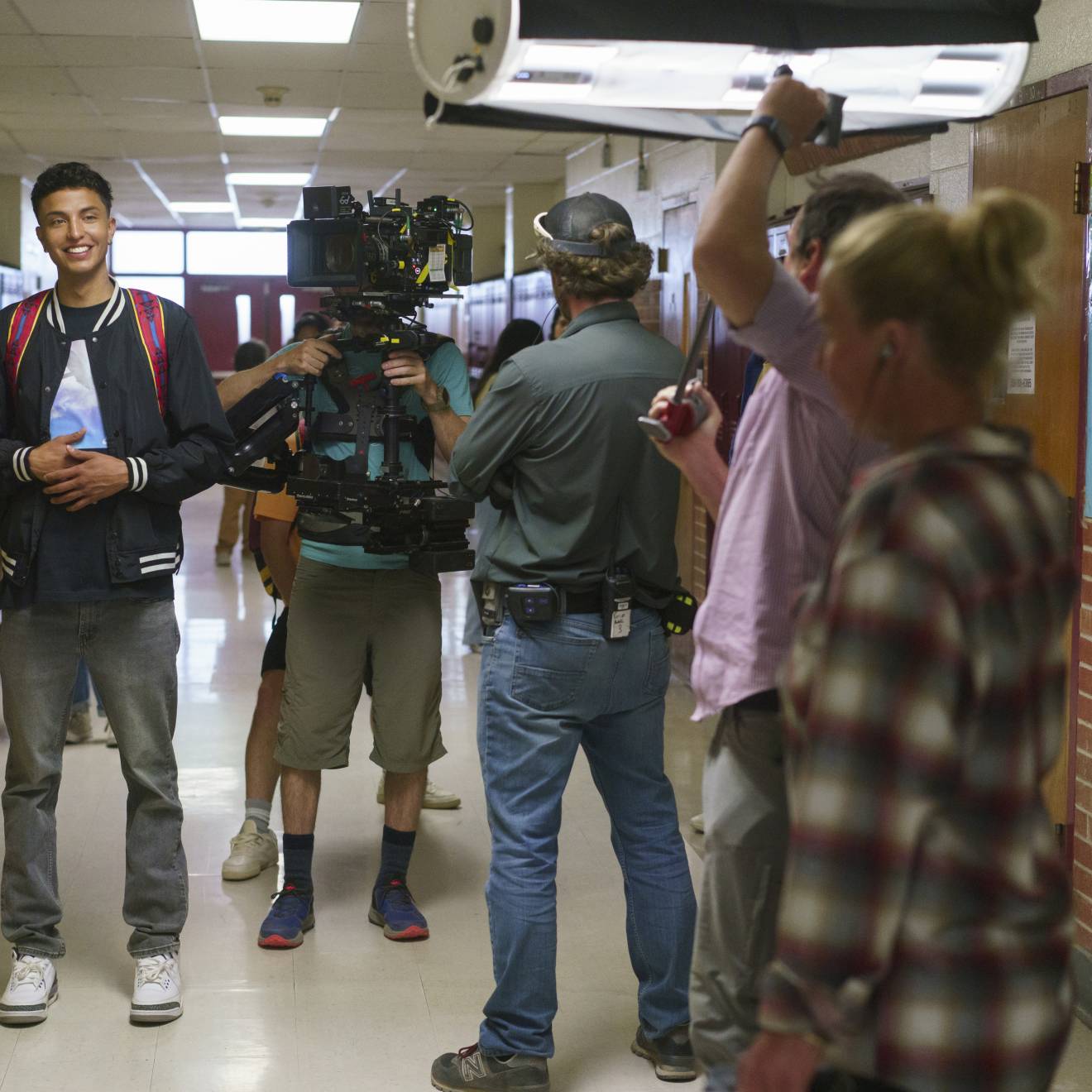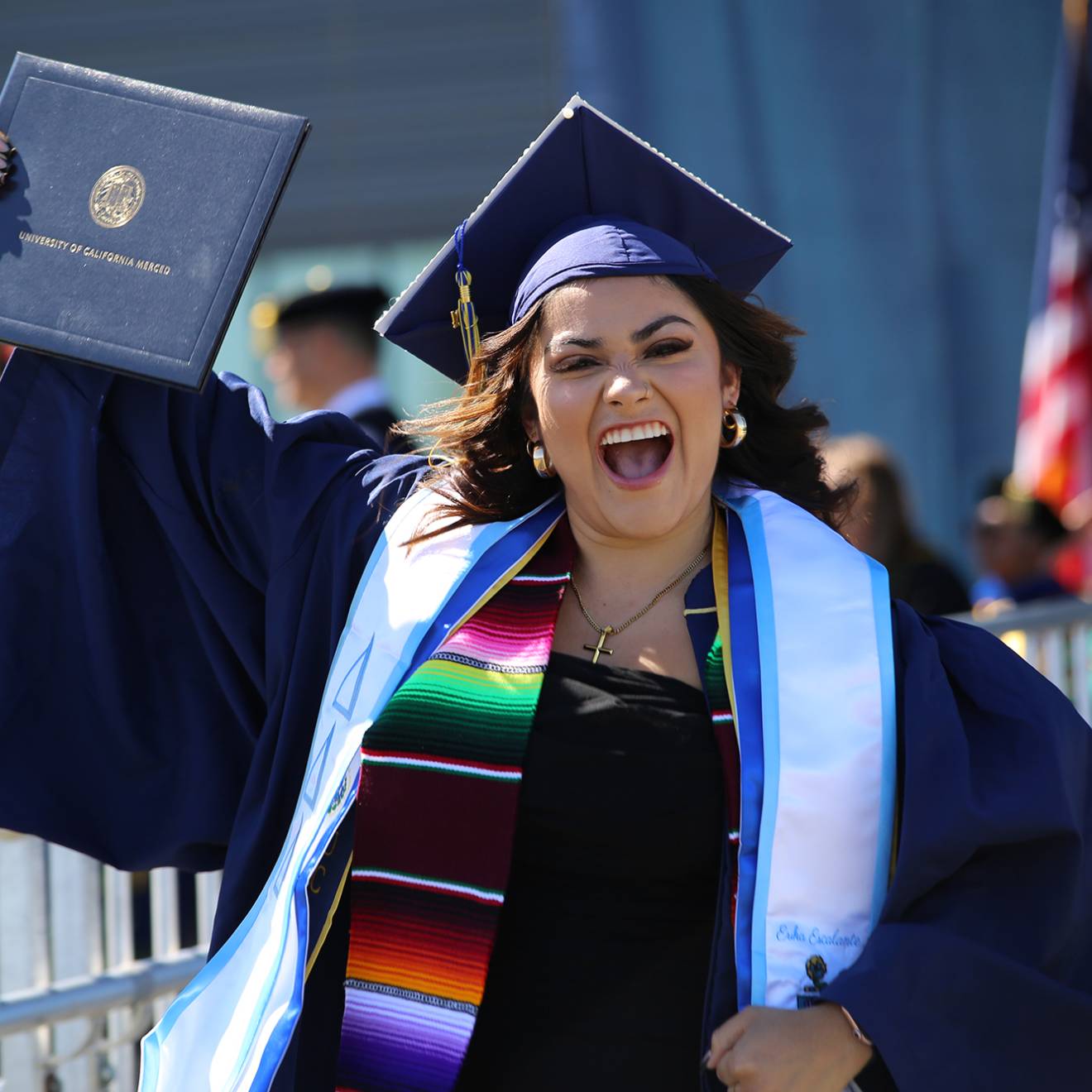Kathleen Maclay , UC Berkeley

The latest chatter about "Game of Thrones" is whether Jon Snow, a favorite character of the critically acclaimed and controversial HBO fantasy series, was really bumped off at the end of last season, or if he might somehow live again, join the ranks of zombies or merge his soul with that of Ghost, his albino dire wolf sidekick, of sorts.
Students at the University of California, Berkeley, can’t get caught up in all that right now. They’re busy looking back on what went into the show’s five seasons of intense plotting, intrigue and mayhem that culminated with Snow’s (apparent) death.
Summer Session courses such as this one, says instructor Justin Vaccaro, draw students with their seemingly light fare and their subjects’ hit status. And he’s got 27 students, a record for any of the summer classes he has taught since 2011.

Elsewhere on campus, the show also intrigues integrative biologist Leslea Hlusko, who has worked with students in her lab on the campus’s collection of fossilized remains, including the extinct dire wolf, which is depicted on "Game of Thrones" as a loyal yet menacing creature the size of a small horse. The fossils are stored in the Campanile and the lab.
“I saw a flyer for the "Game of Thrones" class – sounds really cool,” says Hlusko, whose students in her lab cleaned and curated more than 50 skulls among the 100-plus dire wolf remains brought to Berkeley after being retrieved from the La Brea Tar Pits in Los Angeles.
But that doesn’t mean it’s not a serious class: its required reading ranges from Rousseau to Foucault.
For six weeks, shades are drawn and lights dimmed as students explore questions about what "Game of Thrones" may be saying about democracy, climate change, comparisons or contrasts of medieval battles and today’s warfare and torture, corruption of the American Dream, global havoc, and how human bodies – especially those of women, the disabled or poor – both possess, and yield to, power.

This new class is taught by Vaccaro, a Berkeley Ph.D. candidate in film and media studies. He proposed the course after the first season of the show based on George R.R. Martin’s best-selling, seven-novel "Song of Ice and Fire" series. Vaccaro finally got the go-ahead during the show’s fifth season, just before "Game of Thrones" collected a whopping 24 Emmy nominations.
His class looks at why the show, ostensibly about the Seven Kingdoms of Westeros, is so popular – beyond its stunning special effects, over-the-top sex and violence, killing off every major character, and setting its scenes in exotic locales in Iceland, Ireland, Croatia, Spain and Morocco.
One reason, Vaccaro says, is that the immersive and intricate quality of fantasy can foster immediate emotional connections that are enhanced by powerful audio-visual techniques and tools in the series’ signature blend of fantasy, realism and irony.
“Its whole attitude about a world that is morally complicated, and where answers don’t come easily or at all, is strangely very compelling and strangely reassuring,” he adds, noting that many viewers may relate to a world undergoing such radical changes that it can never be the same.
Vaccaro says the show also raises questions about who gets access to knowledge and the historic connections of higher education to the church and other institutions of privilege, rather than the general public.
In one session, Vaccaro’s students watched a segment of the second season’s “Battle of Blackwater,” featuring a fiery explosion that destroyed dozens of ships, and emitted a ghoulish, greenish glow as flaming arrows lit up the sky over a dark sea.
“This quasi-medieval fantasy resembles contemporary war scenes,” Vaccaro remarked to his students. He followed his "Game of Thrones" clip with TV news footage of tracer bullets zipping from U.S. helicopters in Iraq, viewed through the same greenish glow, a special feature of night-vision goggles.
From there followed a conversation about the mystery of magic, how the long bow transformed warfare, technology and space, the history of gunpowder in the West, the knight and the cowboy.
Vaccaro cautions that the hit series is “not so much a fluke, but a perfect storm of influences and circumstances on the one hand and a fully realized aesthetic and thematic vision on the other.”

